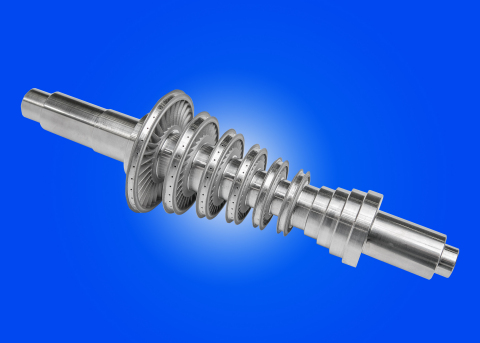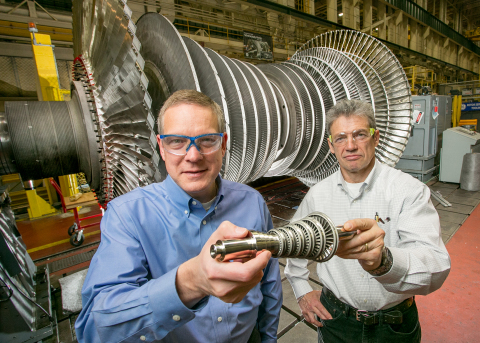When it comes to 3D printing technology, General Electric has gone full throttle with the creation of a variety of 3D printed jet engine parts ranging from fuel nozzles to turbine systems. But a research team from GE is taking that experience and shrinking down their turbine model in order to create a steam turbine capable of desalinating water. The miniaturized 3D printed steam turbine is meant to freeze seawater and separate the salt content by compressing and steaming air, salt, and water through a hyper-cooling loop. By scaling down the size, but keeping the high-powered function of a steam turbine system, these GE researchers have utilized their 3D printing expertise to place a previously technical and large-scale technology into our very own hands.

“97.5% of the earth’s water supply is virtually inaccessible because water desalination is still too expensive and difficult to deploy at a large scale,” said Vitali Lissianski, a chemical engineer at GE Global Research’s Energy Systems Lab. “By putting desalination ‘on ice,’ we hope to change that dynamic.”
The 3D printed parts that make up this teeny but powerful steam turbine were designed and manufactured on 3D printing technologies developed in GE Global Research’s Cincinnati-based Additive Manufacturing Lab. The reason for shrinking down the size of the steam turbine was due to the lengthy and large-scale production of the full-size counterpart. This can potentially make water desalination technology both more affordable and accessible to the public. By freezing the liquid salt water into a completely frozen solid material, this team of GE researchers hope to solve the long-standing challenge of making our ocean water useful and sustainable for human life.
The project has received critical support from the United States Department of Energy, who have helped GE immensely with turbine system testing and production costs. “Through our program with the DOE, we will test the feasibility of a low cost water desalination system that is driven by our steam turbine parts and technical know-how,” said Lissianski. “If it works, the process we are developing could reduce the cost of desalination by 20% versus more conventional thermal evaporation approaches.” Through their vast expertise with 3D printing technology, turbine systems, and innovation in general, GE is giving us a potential opportunity to possess our own efficiently-sized and powerful steam turbines, and thus complete access to our own desalinated water.


Leave A Comment